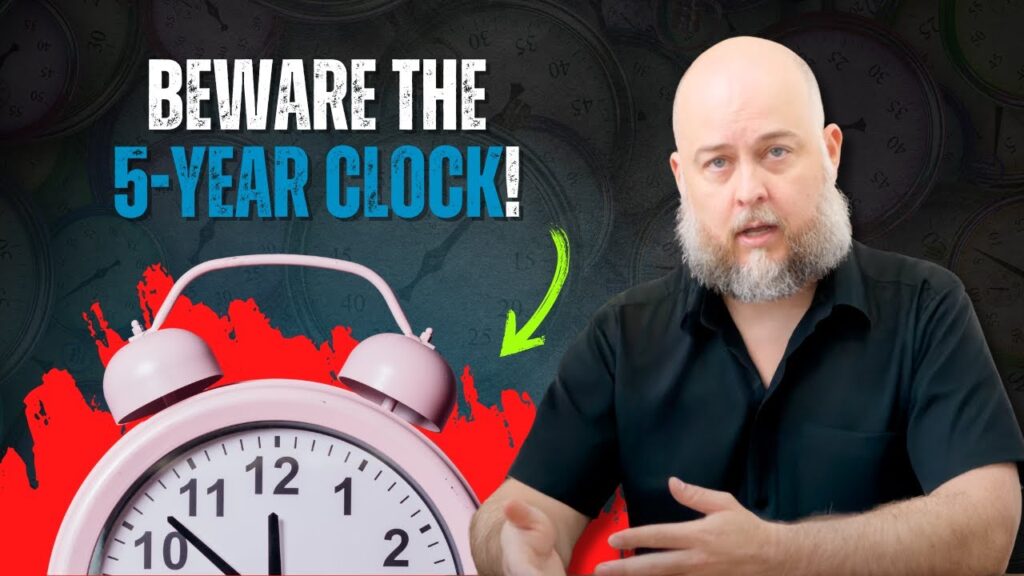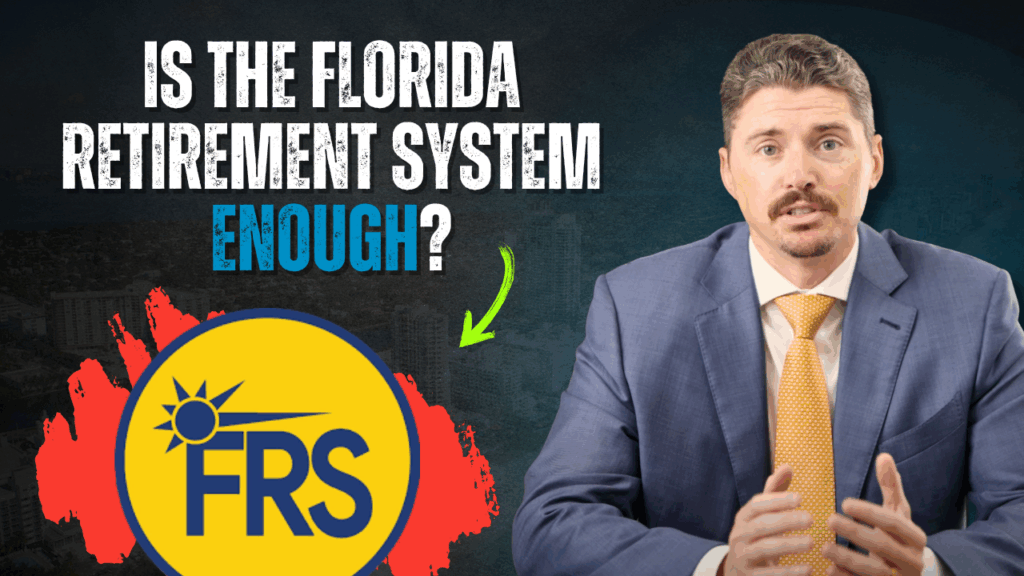Last Week: -0.71%
YTD: 9.41%
1 Year: 28.54%
Dow Jones Industrial Average
Last Week: -1.64%
YTD: 3.65%
1 Year: 18.37%
Last Week: -0.95%
YTD: 8.06%
1 Year: 35.77%
Last Week: -1.86%
YTD: 2.12%
1 Year: 19.20%
YTD: 10.64%
1 Year: 39.00%
YTD: 7.48%
1 Year: 18.56%
Job Growth
Nonfarm payrolls increased 303,000 in March, well above the estimated rise of 200,000. Unemployment rates also dipped to 3.8%, which aligned with the analysts’ expectations. Wages rose 0.3% for the month and 4.1% from a year ago. This bump in wage growth and decrease in unemployment will further complicate the Fed’s rate cuts this year. With the economy and U.S. households doing well, there is little need to start cutting rates, as a rate cut could cause inflation to ramp back up.
EU Inflation Decreases
The 20 nations belonging to the Euro Zone saw inflation ease to 2.4% in March. This has now given people hope the central bank will be able to cut rates in June. However, inflation in services, a highly watched area by the European Central Bank, remained at 4% for a fifth straight month. The central bank will be closely watching wage growth when determining the beginning of rate cuts.
Federal Reserve Governor Warning
Michelle Bowman, the Federal Reserve Governor, said Friday that it’s possible the interest rates may have to move higher to control inflation rather than the rate cuts her fellow officials have indicated are likely and the market is expecting. She warned that policymakers need to be careful not to ease monetary policy too quickly. Futures traders are already pricing in three rate cuts in 2024, though it is unclear if those potential cuts will begin in June or July. Bowman also discussed the potential geopolitical risks and fiscal stimulus as other upside hazards for stubborn inflation.

















